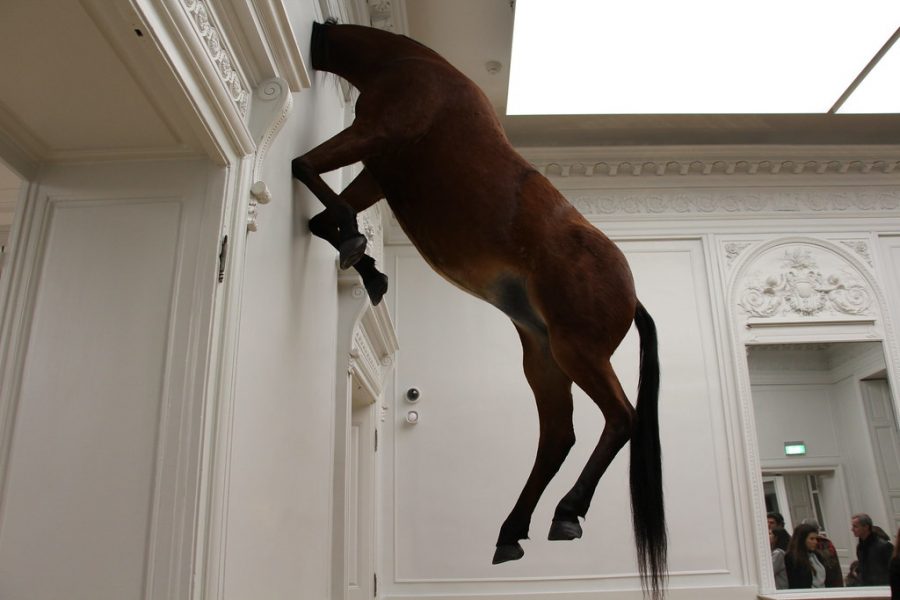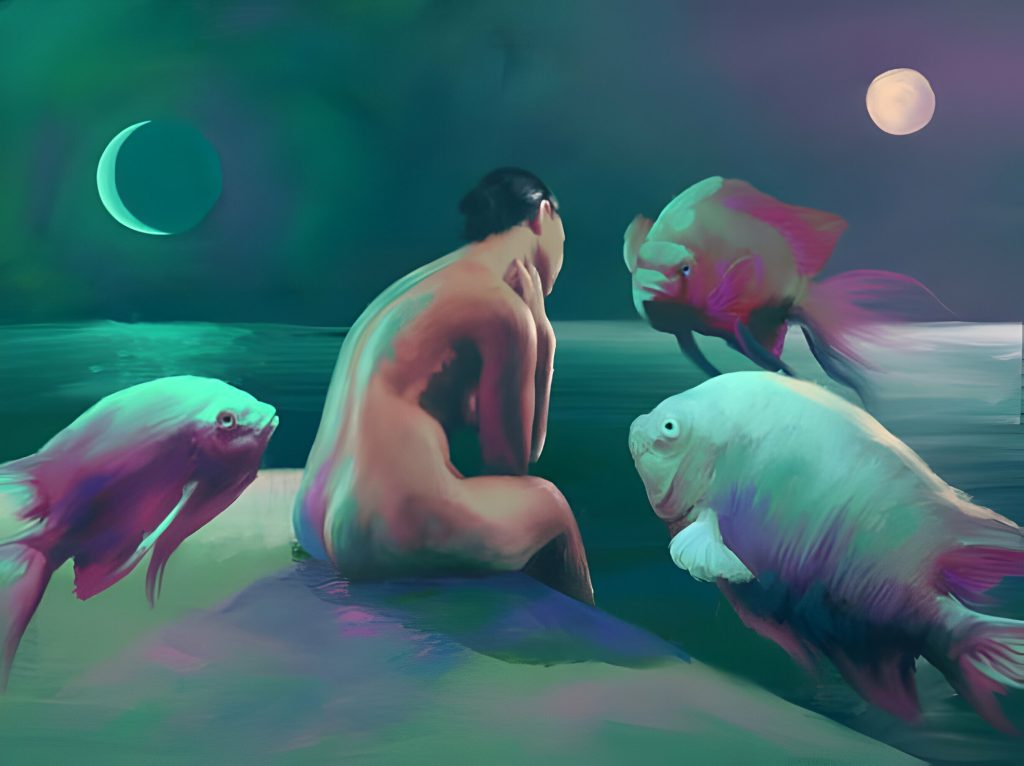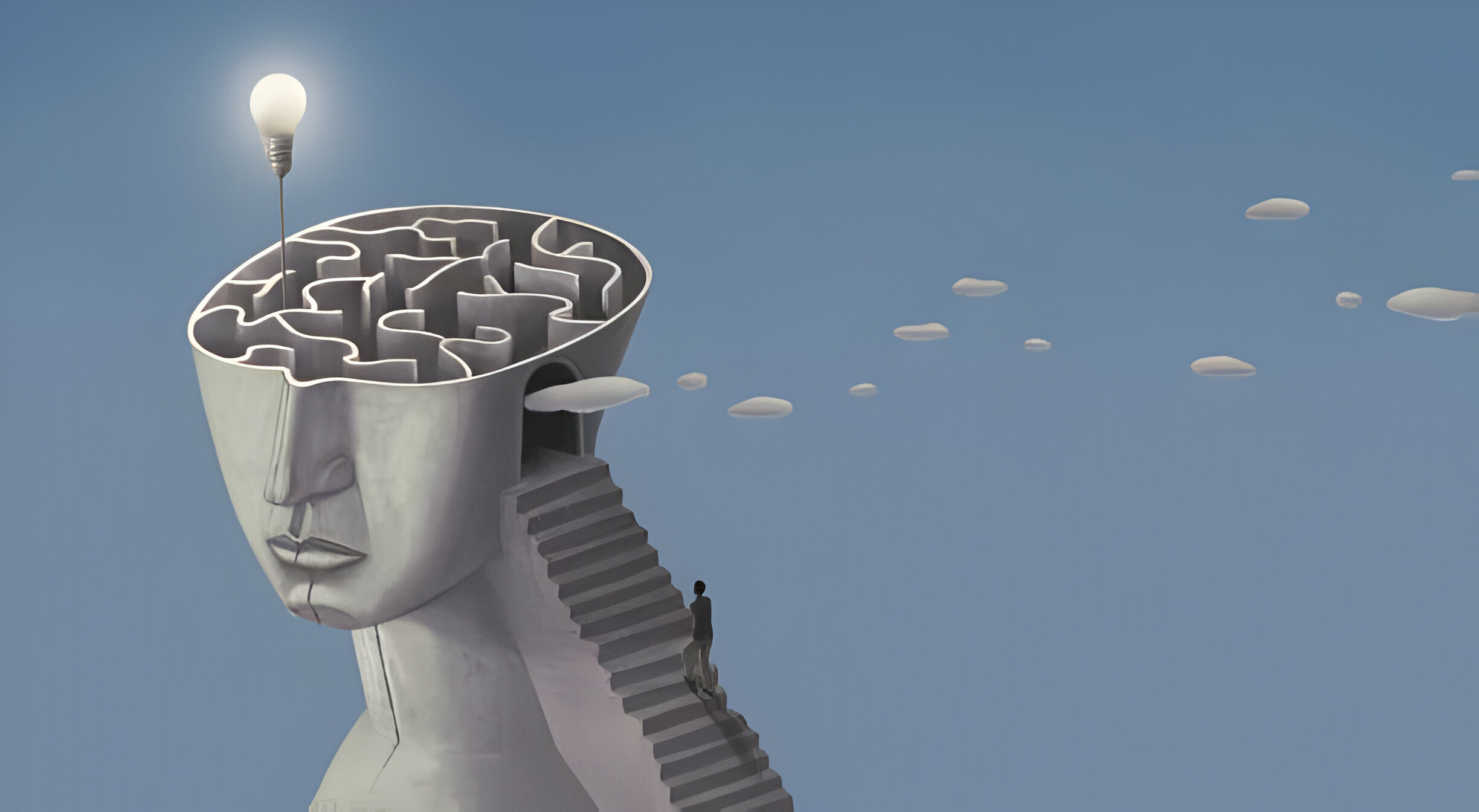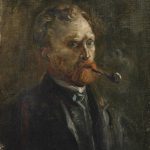Originally borrowed from physiological dialects, the concept of Automatism encompasses those actions our bodies carry out without any conscious directions-think of the effortless, rhythm of breathing, or the spooky wonders of sleepwalking. Such notions captivated Sigmund Freud, the pioneering psychoanalyst, who first leveraged techniques such as free association and automatic drawing to tap into the inner curves of his patients’ subconscious materials.
His groundbreaking work transcended the borders of psychology, inspiring André Breton, the luminary force behind the surrealist movement in 1924, who recognized the potential of Freud’s explorations of the unconscious as a powerful path to unleash creativity and disrupt the conventional boundaries of art and thoughts. So, what is the thread between Surrealist art, Automatism and Psychology?
Automatism Evolution and Early Uses
In the 1920s, Surrealist poets such as André Breton, Paul Eluard, Robert Desnos, Louis Aragon, and Philippe Soupault embarked on an experimentalist approach to writing-writing in a hypnotic almost trance-like state of mind.
Recording this stream of mental associations without censorship of any attempts to structure the material in a formal manner, what Freud termed as “Free Association“. This unconventional exploration, initiated by these poets, marked a pivotal phase in the early use of Automatism, ultimately leading to its subsequent evolution as a powerful tool for unlocking untapped reservoirs of creativity and pushing the traditional limits of artistic expressions.
Building on the structural foundation laid by Surrealist poets, Surrealist painters significantly influenced the development of Automatism. Particularly, André Masson, Arshile Gorky, and Max Ernst expanded the technique’s boundaries through their experiments with fantastical or erotic imagery. They captured these images spontaneously in a visual free association process, avoiding conscious censorship.

Automatism as a Surrealist Manifesto
Automatism surpassed its initial function as a mere technique, to become the defining principle of surrealism. it encapsulates the movement’s pursuit of absolute freedom of expression and the radical dismantlement of barriers between what is visible and invisible, real and imaginary. Surrealists enacted this manifesto onto their works, as a statement of purpose and a fundamental expression of the surrealist values.
Thus, incapsulating the importance of spontaneity and the internal exploration of subconscious materials over the deliberate application of formal design and conventional aesthetics. Through Automatism, Surrealism voiced its rejection of conventional norms and traditions of art and culture, promoting a creative process as free, unpredictable, and lucid as the thoughts and dreams it aimed to capture.

The Psychological underpinnings of Automatism and The Surrealist Movement
Automatism in the Surrealist context was carried out through various methods, among which we can find, automatic drawing and writing and even painting, where the artist would go about their creative process without conscious control. This was more then a mere process of producing art, but also a form of psychoanalytic exploration, reflecting the surrealist core beliefs in the creative potential and truth that lurks dormant in the unconscious realm.
In the realm of painting, artist such as Salvador Dali (1904-1989) took a mildly different approach, adopting psychoanalytic concepts into their works. Dali’s method of “Paranoiac-critical activity” in which he induced a paranoid state in himself to create art, an abnormal state in which he can access and actively visualize subconscious materials, tapping into the inner curves of his psyche. This method, while more controlled then “Pure Psychic Automatisms” still relied heavily on Freudian concepts and theories of the unconscious.
Joan Miro (1891-1983) and Max Ernst (1891-1976) and other Surrealist artists who experimented with Automatism. Miro’s Automatic drawing, which evolve into elaborate paintings, and Ernst’s widely used Frottage technique, where he creates images by rubbing over textured materials, both exemplified the Surrealist commitment to accessing subconscious materials through spontaneous artistic methods.
The intersection between psychology and art within Surrealism, particularly through the lens of Automatism, marked a significant and transformational phase in the trajectory of modern art. Hence, reflecting a broader cultural and perceptual shift towards valuing the unconscious as a viable source of insights and creativity.

In a nutshell, Automatism and Surrealism, built upon Freudian psychological premises, revolutionized art by embracing the unconscious. This novel, lucid, and abnormal art movement paved the way for artists to experiment with spontaneity and the mind’s depth, forever reshaping the way we perceive creativity, beyond conscious confines.







